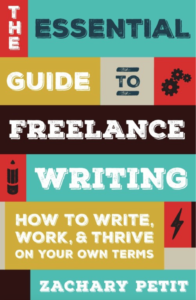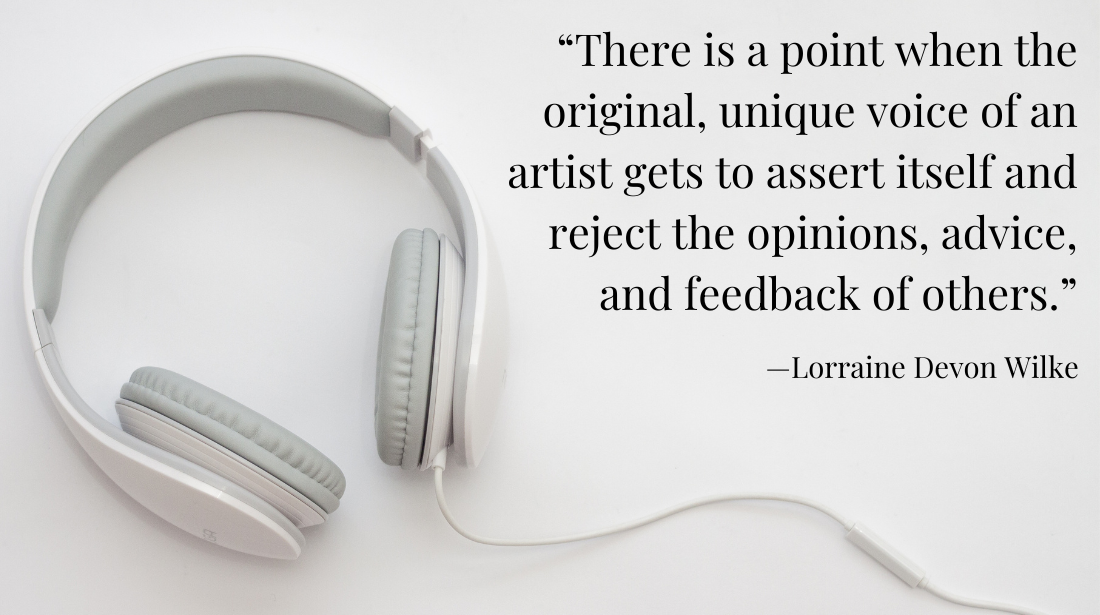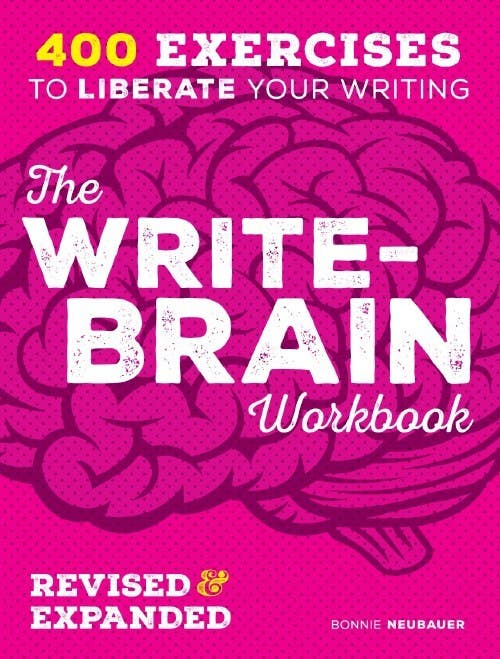What Makes Word-of-Mouth Work? Part 2
Guest Post by Rob Eagar In my previous blog post, I explained how word-of-mouth spreads faster when authors help people start a conversation around their book. However, creating a conversation…
Guest Post by Rob Eagar
In my previous blog post, I explained how word-of-mouth spreads faster when authors help people start a conversation around their book. However, creating a conversation is only half of the battle. If the conversation doesn’t take place within a community, then the word-of-mouth will soon die out.
For instance, think about the last time you bought a car, nice clothes, or a meal at a fancy restaurant. You probably didn’t make those decisions alone. Instead, you probably listened to the advice or influence of other people during your decision-making process. When you bought your last car, you may have researched information using Consumer Reports, Edmunds, or sought counsel from your “car buddy.” When you bought new clothes, you may have sought fashion advice from friends, observed what other people were wearing at your office, or flipped through fashion magazines. When you went out for a nice dinner, you probably chose the restaurant at the recommendation of a friend or neighbor.
What do all of these examples have in common? Community. You made a purchasing decision based on the trusted input of other people – both directly and indirectly. This dynamic represents one of the most important, yet most forgotten, aspects of how word-of-mouth works – especially when it comes to authors and their books.
People buy books in the same way they buy cars, clothes, and fancy meals. They take decision-making input from a trusted community in which they participate. The community may offer recommendations, dialogue, comparisons, research, or just friendly banter. But, in these congregations, people are learning about new products and trusting other’s recommendations to buy those products.
So, if you want to sell more books via word-of-mouth, you need to identify large communities where your types of readers most likely congregate. Once you identify these communities, you also need to help them build a positive association about your book. This process can happen both online and offline.
For example, when I wrote my first book ten years ago, the technology of social media, e-books, and e-readers barely existed. There wasn’t a way to electronically engage with thousands of people all at once. However, there were large conferences and trade shows that I identified where influential leaders and readers gathered by the thousands. These events represented large, tightly-knit communities. Therefore, I made attending those events a primary part of my book marketing plan. I contacted those communities and provided free articles, conducted event workshops based on my book’s topic, built personal relationships with leaders, and promoted my book throughout those communities.
One community alone led to over 20 large speaking engagements where I sold thousands of books. In addition, the relationships I developed in that community led over 35 leaders to purchase caseload quantities of my book for their organizations. All of these great results happened because the community trusted me and recommended my book to their peers. I couldn’t have achieved those results of my own. Instead, I benefited from the collective power of the community voice.
I’ve helped several of the authors that I coach experience similar results. For instance, I’ve taught authors how to build their own personal community through the use of blogging, e-newsletters, and social media. Plus, I’ve also helped authors identify and connect with large communities, including parenting groups, business trade associations, radio conglomerates, and church denominations, which helped generate massive exposure for their books. This year, two of my clients (one fiction and one non-fiction) hit the New York Times bestseller lists primarily by harnessing the power of large communities.
The bottom line is that most people buy books based on the influence of others, such as friends, family, business associates, Amazon reviews, book clubs, etc. All of these groups represent various forms of community. So, if you don’t take steps to engage, build trust, and utilize the power of community, then most people won’t know your book exists. Make word-of-mouth work for you by identifying the communities who would benefit from your book. Then, engage those communities through free content, social media, public speaking, and personal relationships. When you become viewed as a trusted part of the community, your book sales will grow – trust me.
About the author:
Rob Eagar is the founder of WildFire Marketing, a consulting practice that helps authors and publishers sell more books and spread their message like wildfire. He has assisted numerous New York Times bestselling authors and his new book, Sell Your Book Like Wildfire, will be published by Writer’s Digest in May, 2012. Find out more about Rob’s advice, products, and coaching services for authors at: www.startawildfire.com









